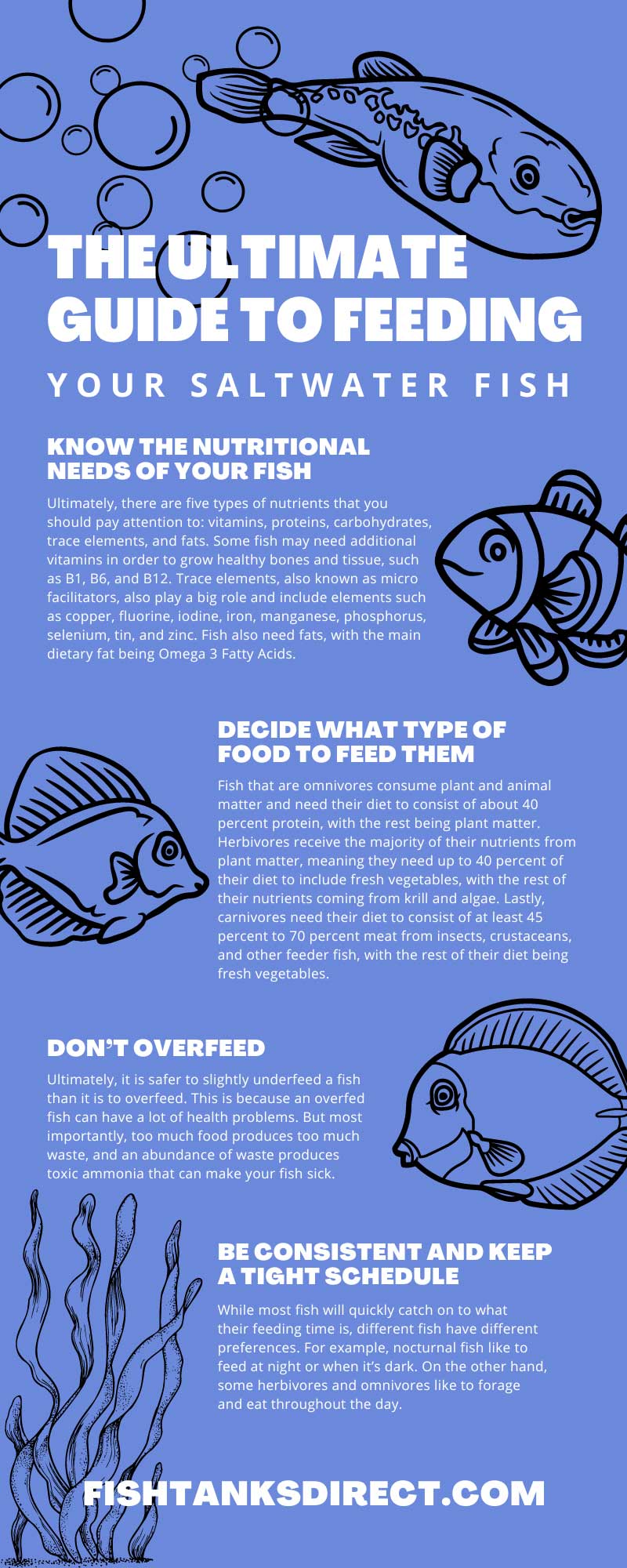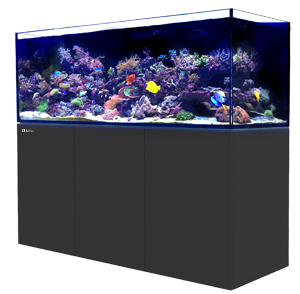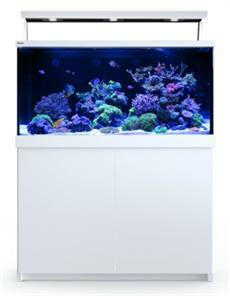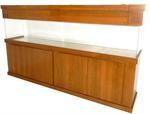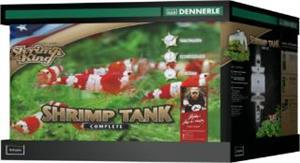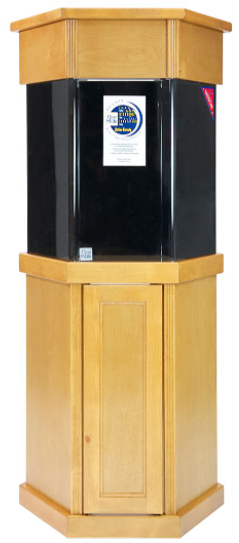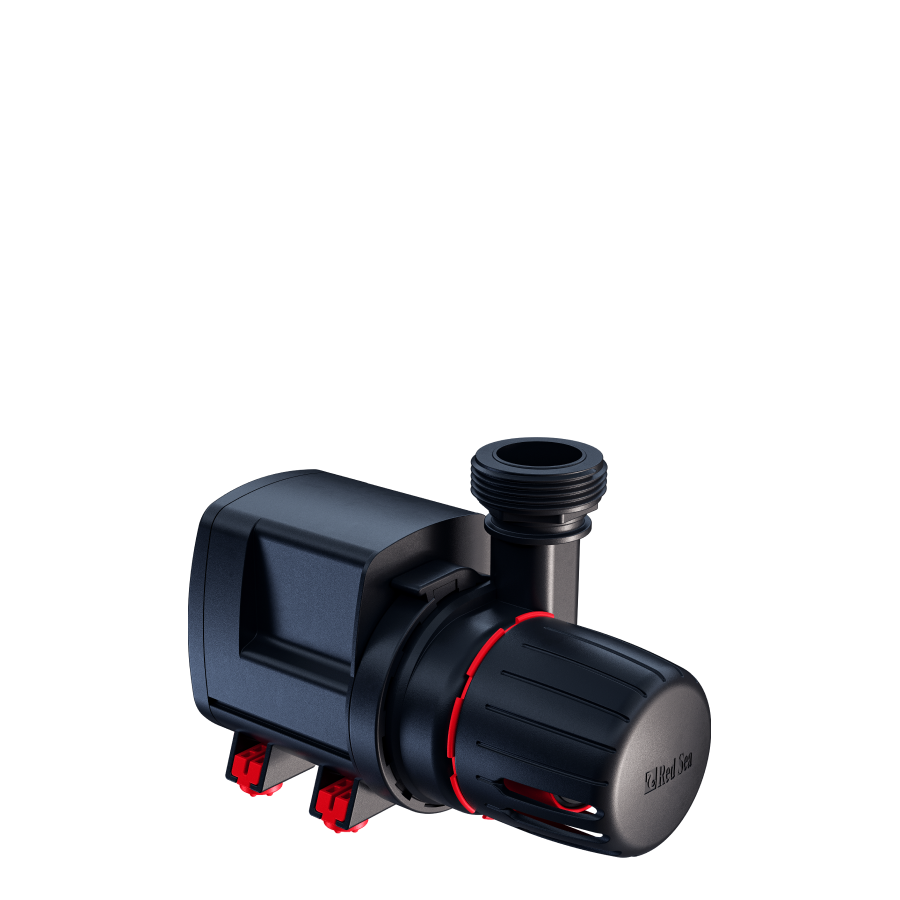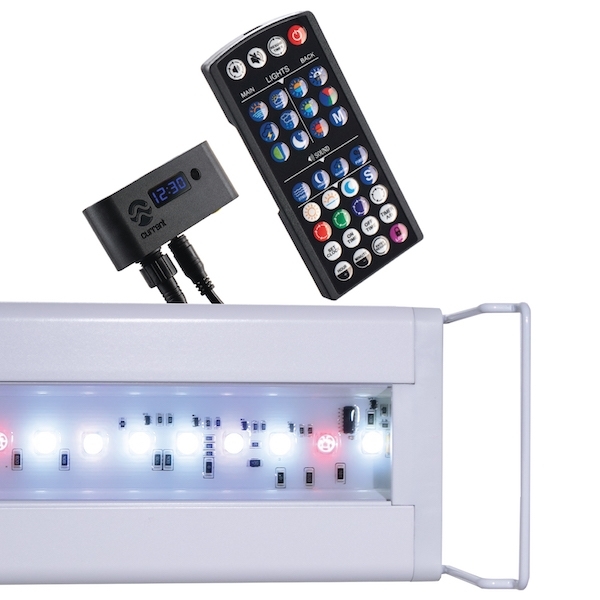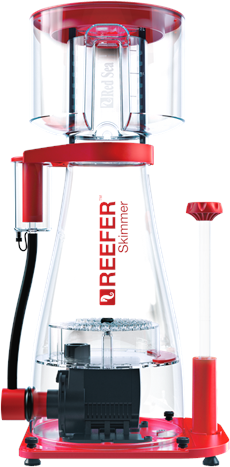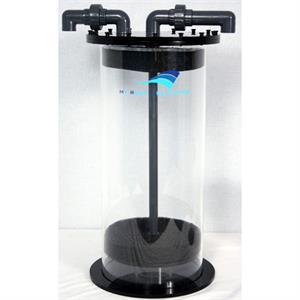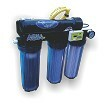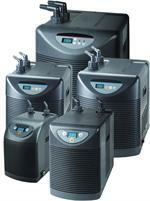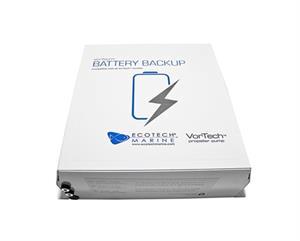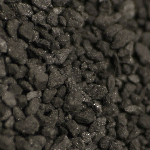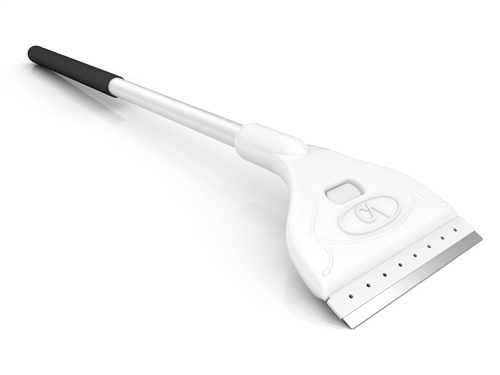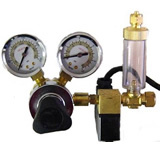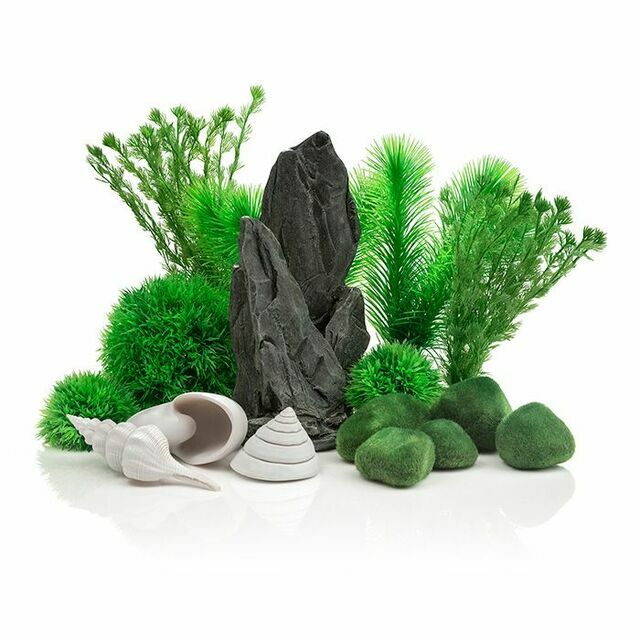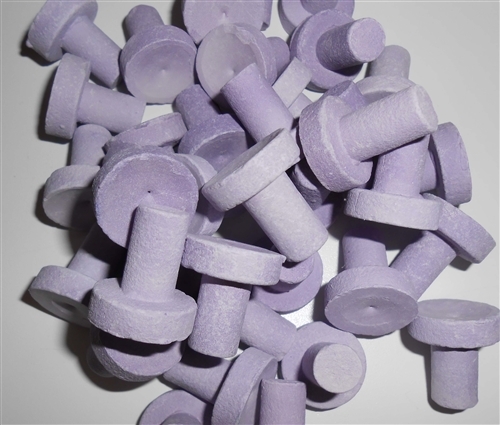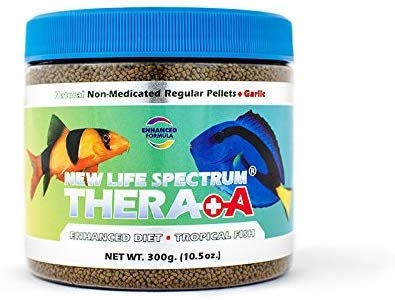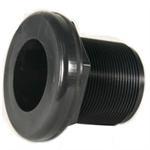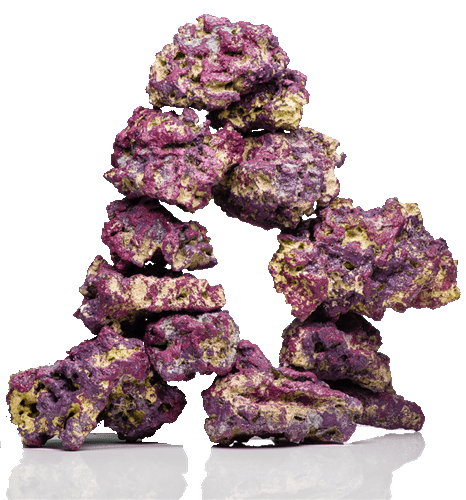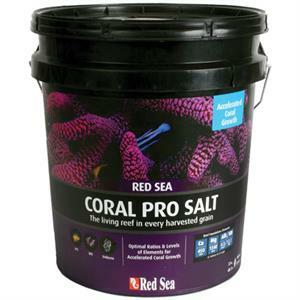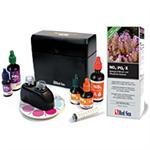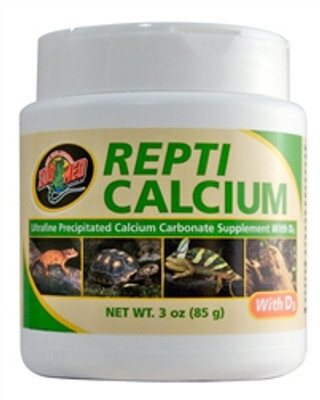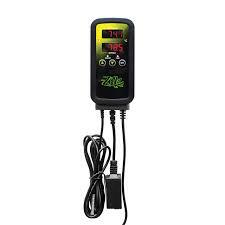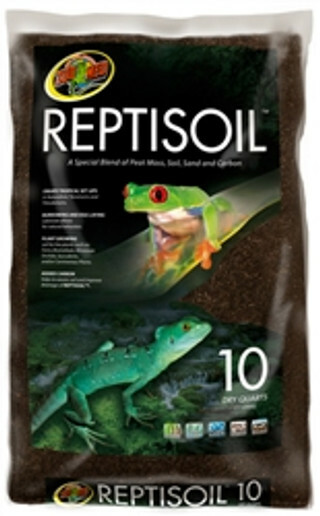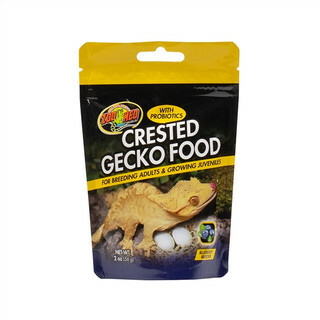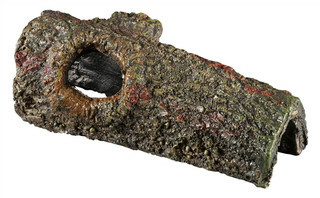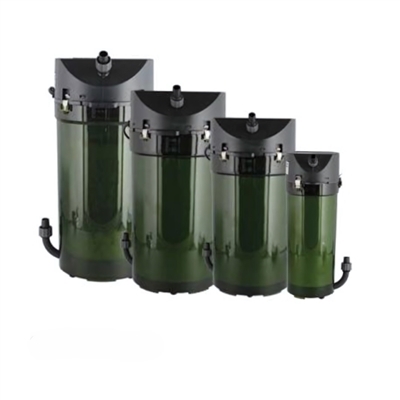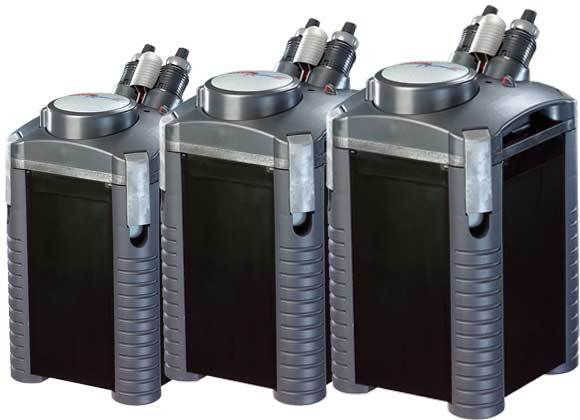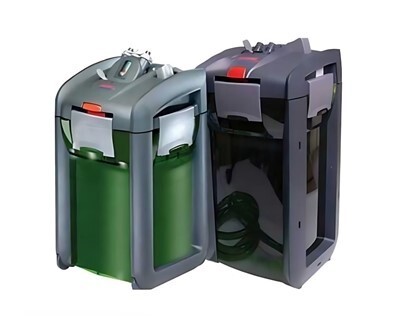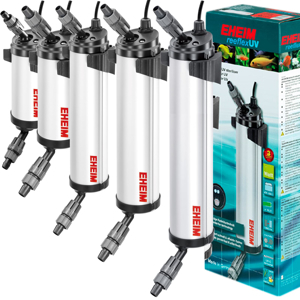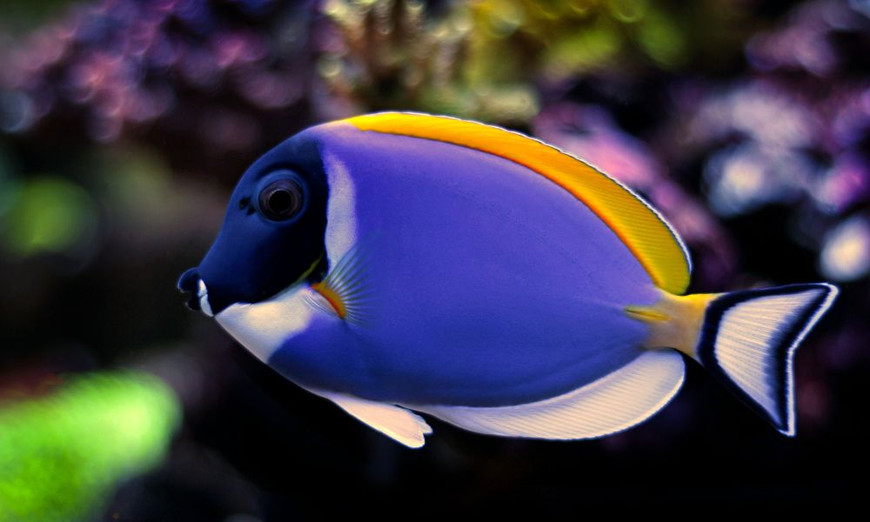The Ultimate Guide to Feeding Your Saltwater Fish
Fish Tanks Direct on Sep 26th 2022
There are so many species of fish, and they all have very specific care needs that can be difficult to keep up with, especially when it comes to feeding saltwater fish. It can be hard to keep it all straight, especially when you don’t know what to keep in mind. To help, this article will be your ultimate guide to feeding your saltwater fish.
Know the Nutritional Needs of Your Fish
To make things as easy as possible, the first step should be fully understanding the individual nutritional needs of your saltwater fish. This way, answering the other questions in this article will be much easier. With the right diet, your fish will be much healthier.
Ultimately, there are five types of nutrients that you should pay attention to: vitamins, proteins, carbohydrates, trace elements, and fats. Some fish may need additional vitamins in order to grow healthy bones and tissue, such as B1, B6, and B12. Trace elements, also known as micro facilitators, also play a big role and include elements such as copper, fluorine, iodine, iron, manganese, phosphorus, selenium, tin, and zinc. Fish also need fats, with the main dietary fat being Omega 3 Fatty Acids.
Lastly, carbohydrates and proteins are a fish’s main sources of energy. Protein-wise, where they get this from will vary depending on whether your fish is a carnivore or herbivore. Additionally, because fish cannot produce carbs or simple sugars, they need carbs in their daily diet. Once you’ve understood the specific nutritional needs of your fish, you can start thinking about what type of food to feed your fish.
Note: how much your fish needs to eat depends on their size as well as their activity level.
Decide What Type of Food To Feed Them
In order to pick the right food for your fish, you have to determine whether your fish is an herbivore, carnivore, or omnivore. This will determine what their diet consists of and what you feed them.
Fish that are omnivores consume plant and animal matter and need their diet to consist of about 40 percent protein, with the rest being plant matter. Herbivores receive the majority of their nutrients from plant matter, meaning they need up to 40 percent of their diet to include fresh vegetables, with the rest of their nutrients coming from krill and algae. Lastly, carnivores need their diet to consist of at least 45 percent to 70 percent meat from insects, crustaceans, and other feeder fish, with the rest of their diet being fresh vegetables. But what exactly can you feed your fish in order to meet these requirements?
Fish food comes in many different forms and varieties. When feeding your fish fruits and vegetables, you can give them spinach, lettuce, zucchini, and even apples. However, remember to cut the food small enough so they won’t choke, and make sure your fruits and veggies are cleaned and boiled. If you’re uncomfortable with this option, there are plenty of vegetable pellets and flakes on the market to give your fish. Also, remember that herbivores will need a very small amount of protein, but they’ll still need algae, krill, or plankton to survive.
For carnivorous fish, there are many different options, and there is a debate as to whether you should feed them live food, dry food, or frozen food. But ultimately, it depends on what you can get your hands on and how well the food meets the nutritional needs of your fish. Dry food can come in flakes, pellets, disks, or grains. Frozen food can come whole or cubed, typically made of insect larvae or bloodworms.
Many advanced hobbyists like to provide their fish with live feeder fish such as guppies, minnows, and shrimp. You may even choose to breed these fish yourself, but be careful as it can be costly. It’s also worth noting that if your feeder fish aren’t properly taken care of, they can introduce disease into your tank.
Don’t Overfeed
One of the most common questions beginner fish keepers ask is how much they need to feed their fish, and in truth, the answer is complex. If you’ve followed this article, you’re already off to a good start because you’re aware of their specific nutritional needs.
Ultimately, it is safer to slightly underfeed a fish than it is to overfeed. This is because an overfed fish can have a lot of health problems. But most importantly, too much food produces too much waste, and an abundance of waste produces toxic ammonia that can make your fish sick.
It’s best to err on the side of caution and feed a little bit less until you start to get a feel for how much they can eat. However, if you start to notice fish getting uncharacteristically territorial, and they’re fin nipping or bullying, that can be a sign that you’re vastly underfeeding.
As a general rule of thumb, feed your fish what they can fully consume, without leftovers, in about three minutes. If they eat everything in less than two minutes, give them a little more next time you feed them. Be sure to remove any food they don’t eat after five minutes because at that point, they likely don’t want it and won’t eat it. This will help reduce the chance of ammonia levels spiking in your aquarium.
Be Consistent and Keep a Tight Schedule
At this point, you can start getting into the details of feeding. In general, aquariums are broken into three different columns: the top, middle, and bottom. While most fish will go wherever food is given, some will be shier and stick to their comfort zones. This means that bottom feeders, in particular, will wait until the food drifts to the bottom of the tank to eat.
In these cases, you’ll have to pay special attention to shier fish and possibly weigh food down by wetting it so it sinks faster. To make it easier on bottom feeders, you may want to choose foods that can absorb water and sink quickly, such as tablets or wafers.
Lastly, you’ll want to form a schedule to feed your fish and stick to it as fish love consistency. While most fish will quickly catch on to what their feeding time is, different fish have different preferences. For example, nocturnal fish like to feed at night or when it’s dark. On the other hand, some herbivores and omnivores like to forage and eat throughout the day. In general, most fish like to eat once in the morning and once in the evening, as they typically do in nature.
With this ultimate guide to feeding your saltwater fish, you’re better equipped and armed with the knowledge to give them exactly what they need to stay happy and healthy. Here at Fish Tanks Direct, we’re dedicated to giving you what you need to do just that. We have everything a beginner or advanced fish keeper needs.
Whether you need the basics like an aquarium set and stand or other advanced machinery and equipment, we have the perfect deal for you. With us, you can get whatever you need for your fish whenever you need it and have it shipped right to your door.
